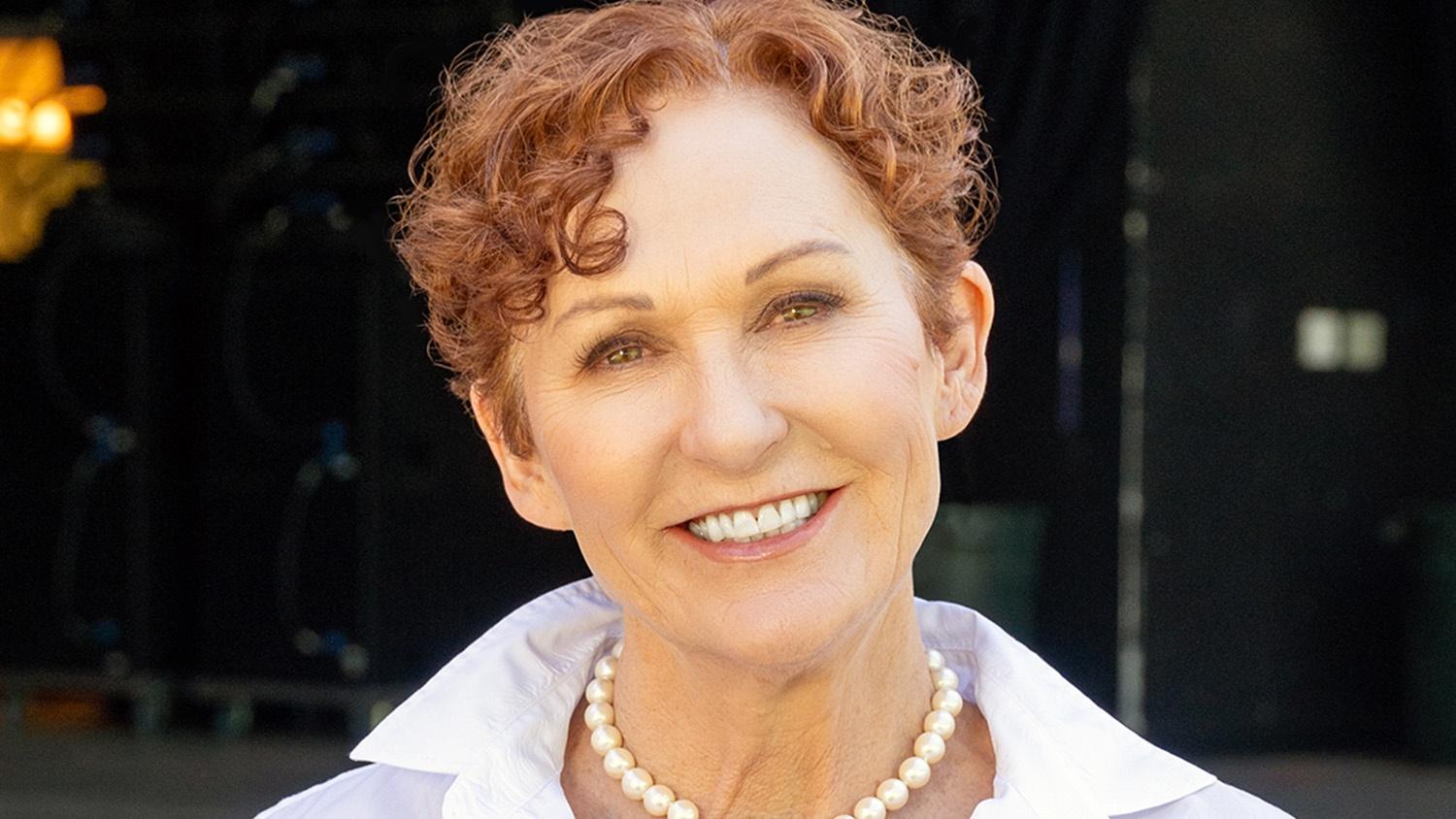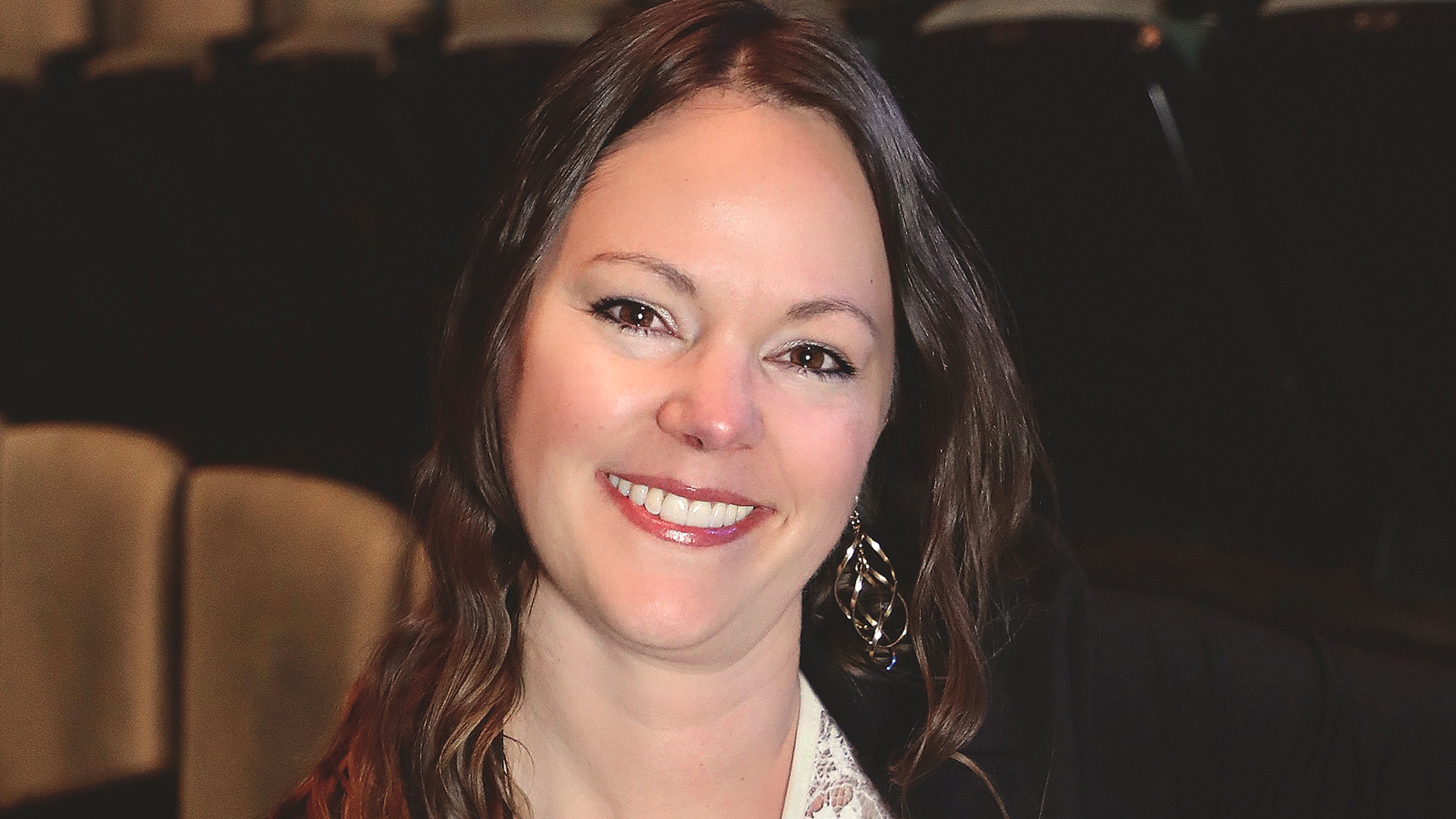
ART VIEWS
Numerous times over the last couple of years, I have mentioned the Royal Academy of Dance style when describing the training of a ballet dancer. I was just parroting what I have been told or seen in a dancer biography but didn’t really appreciate what it meant. I decided it was time I found out what a Royal Academy of Dance (RAD) style was and why so many dancers deem it to be important.
To understand more about RAD, I spoke with Miriam Allen, the co-director of A.V.A. Ballet Theatre, and a certified RAD instructor. She said that RAD is a set of standards in teaching dance – ballet in particular. The concept of RAD was founded almost 100 years ago in the United Kingdom and is now taught in over 83 countries.
“Ballet is fun,” Allen said. “It is also physically demanding and great care should be taken to choose professional, qualified teachers.” She cites three important qualities to know about RAD instruction. First, RAD teachers adhere to a carefully structured syllabus which is both enjoyable to the young dancer and safe. The instructors have the training and qualifications necessary to teach dance to young children and students. Finally, RAD teachers continue training throughout their careers to update their skills and knowledge.
There are 16 levels of dance in the RAD syllabus and each one has a minimum age requirement. However, the level a student is learning is based on ability and not their age. Each of these levels is taught with the exact instruction and terminology for that particular level. The minimum age to be a RAD certified dancer is five. The top level is solo seal. Very few dancers in the U.S. make it to this level.
The majority of the dancers who make up the corps de ballet for A.V.A. Ballet Theatre are in the Advance 1 level of RAD. This is considered to be a technically strong level of dance and it shows during any one of their performances at the Pioneer Center for the Performing Arts. Julia Zorio, an A.V.A. Ballet Theatre corps de ballet member who recently starred as Wendy in Peter Pan, completed her Advance 1 Royal Academy of Dance exam with a gold distinction.
Not all dancers in an A.V.A. Ballet Theatre production are RAD certified. As the resident ballet company of the Pioneer Center, they take the best dancers who audition at their open call auditions. Depending on the ballet schools they attend, the method of their training may be different. Other training methods include Vaganova, a Russian method of ballet; American Ballet Theater, a ballet technique combining artistic training with the basics of dancer health and child development; Cecchetti, a program which ensures that each part of the body is worked evenly by combining different types of steps into planned routines; and Bournonville, a 19th century technique of the French school of classical dance.
The artistic director for A.V.A. Ballet Theatre, Alexander Van Alstyne, has trained with teachers who instruct in various methods. In addition to Royal Academy, he has had instruction in Vaganova, Cecchetti, and Bournonville. These different methods of training have served him well as he danced professionally with Ballet West, the Boston Ballet, and the San Francisco Ballet.
The concept of Royal Academy of Dance was introduced to the northern Nevada area by Barbara Land, the founding director of the dance program at the University of Nevada, Reno. “When I started the dance program at the University of Nevada, I was looking for a teachable method of ballet,” said Land. “RAD not only had a strict syllabus but it offered different grades for the various levels of dance.”
Land took her teaching of a RAD syllabus to the general public when she opened the Conservatory of Movement over 30 years ago. Miriam Allen joined the dance school soon after and earned her RAD certification. Each year, Allen attends RAD workshops and must receive at least 24 hours of intense instruction for the various levels of dance.
Allen stresses the importance of trained ballet instructors. “The United States is the only industrialized country in the world that allows anyone to teach ballet – whether they have formalized training or not,” said Allen. “This can make the instruction very unsafe.” Allen feels it is important that the RAD syllabus emphasizes the dancer’s safety.
Once a year, Allen and her students are graded by a Royal Academy of Dance examiner to ensure they are meeting the required dance syllabus. The RAD examinations are the same time every spring. Unfortunately, the exams occur during the same period of time when A.V.A. Ballet Theatre is rehearsing for its spring ballet. She becomes a very busy woman during this time. Allen has approximately 90 RAD students each year taking the examinations.
The exams are a pass or fail scoring and take between 20 minutes to an hour and a half depending on the level being graded. Each student is graded on their technique, musicality, and performance criteria as published in the RAD written specifications.
It always amazes me when I see the A.V.A. Ballet Theatre dancers perform on stage. They make it look so easy. It’s after I research what it takes to make it appear so easy, when I understand the massive amount of hard work involved.
Steve Trounday is a board member at A.V.A. Ballet Theatre, the resident ballet company of the Pioneer Center for the Performing Arts. Their next production is the rock ballet Vortex July 18th and 19th at the Robert Z. Hawkin’s Amphitheater at the Bartley Ranch Regional Park.

ART VIEWS
Injuries in Ballet by Steve Trounday — April 11, 2025
Take Flight with Peter Pan, A.V.A. Ballet Theatre, and the Reno Phil by Steve Trounday — February 28, 2025
A.V.A. Ballet Theatre’s 2025 Season by Steve Trounday — January 17, 2025
The Nutcracker 2024 by Steve Trounday — December 6, 2024
Learning Ballet from Miss Miriam by Steve Trounday — October 25, 2024
A Wonderful Collaboration of Performing Arts by Steve Trounday — September 13, 2024
Skye’s the Limit by Steve Trounday — August 9, 2024
Get Ready for Vortex, the Ballet that Rocks! by Steve Trounday — July 5, 2024
Shining a Light on Ballet by Steve Trounday — May 29, 2024
Higher for Hire: Ballet Benefits a Résumé by Steve Trounday — April 26, 2024
Classic Fairytale Cinderella Takes the Stage at the Pioneer Center by Steve Trounday — March 22, 2024
Bené Arnold - Legendary Ballet Dancer and Instructor by Steve Trounday — February 16, 2024
A.V.A. Ballet Theatre’s 2024 Season by Steve Trounday — January 12, 2024
Behind the Scenes of The Nutcracker by Steve Trounday — December 8, 2023
Dance: The Most Physically Active Job in America by Steve Trounday — October 27, 2023
Don’t Miss Coppélia This Weekend by Steve Trounday — September 15, 2023
Step by Step: Ballet Basics by Steve Trounday — August 11, 2023
Vortex, the Ballet that Rocks by Steve Trounday — July 7, 2023
Heart and Soul by Steve Trounday — June 2, 2023
The Cost of Performing Arts by Steve Trounday —April 28, 2023
Do You Want to Go See Frozen? by Steve Trounday — March 24, 2023
Choreography Elevated by Steve Trounday — February 17, 2023
2023 Performances Featuring A.V.A. Ballet Theatreby Steve Trounday — January 13, 2023
The Nutcracker Takes the Stage by Steve Trounday — December 9, 2022
Look Forward to Giving Back by Steve Trounday — November 4, 2022
For the Love of Costumes by Steve Trounday — September 30, 2022
Swan Lake Takes Flight in September by Steve Trounday — September 2, 2022
Dancers Near and Far Share the Stage by Steve Trounday — August 5, 2022
Vortex, the Ballet that Rocks 2022 by Steve Trounday — July 8, 2022
Ballet with a Live Orchestra by Steve Trounday — June 10, 2022
En Pointe by Steve Trounday — May 13, 2022
Local Dancer’s Rise to the Top by Steve Trounday — April 15, 2022
Back on Stage with Beauty and the Beast by Steve Trounday — April 1, 2022

ART VIEWS

ART VIEWS

ART VIEWS

ART VIEWS

ART VIEWS